( – promoted by buhdydharma )
 About a dozen days ago, we presented at our Women’s Studies lunch gathering a film about the California Indian basket weavers, as part of our ongoing effort at educating about and promoting eco-feminism. Our theme for the year is Women Saving the Planet. We’ve had speakers about saving old-growth forest and “green halloween” and the 350 movement. And we’ve shown some films in series, including Taking Root: The Vision of Wangari Matthai, Rachel Carson’s Silent Spring, Blue Vinyl, and Jane Goodall: Reason to Hope.
About a dozen days ago, we presented at our Women’s Studies lunch gathering a film about the California Indian basket weavers, as part of our ongoing effort at educating about and promoting eco-feminism. Our theme for the year is Women Saving the Planet. We’ve had speakers about saving old-growth forest and “green halloween” and the 350 movement. And we’ve shown some films in series, including Taking Root: The Vision of Wangari Matthai, Rachel Carson’s Silent Spring, Blue Vinyl, and Jane Goodall: Reason to Hope.
And this other short film available here, entitled From the Roots: California Indian Basketweavers.
As is sometimes my reaction, after learning more about the subject, I made some graphical art.
Here’s a review of that short documentary:
Basket weaving among California’s many tribes was once an integral part of everyday life, while also providing a vehicle for artistic and technical excellence in the hands of the finest weavers. The destruction of Native life during post-contact years nearly led to the demise of these traditions, but today’s weavers are working diligently to preserve the ancient knowledge and skills required of their art and to pass these on to the younger generations. In this highly engaging documentary, California Indian basket weavers speak eloquently of the baskets, the plants, and the importance of basket weaving. They also discuss the challenges of restricted access to plant gathering sites and museum basketry collections, as well as concerns surrounding the use of pesticides in areas where plants are gathered.
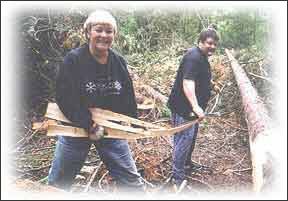 I have had an interest in basketry since at least the time that I discovered that my (former) sister-in-law was a basket weaver of some renown. That’s her on the left, gathering raw material. She is part Aleut and her mother, Anna Strongwoman, taught her how to weave in the method she had developed, which integrates Aleut and Yup’ik art.
I have had an interest in basketry since at least the time that I discovered that my (former) sister-in-law was a basket weaver of some renown. That’s her on the left, gathering raw material. She is part Aleut and her mother, Anna Strongwoman, taught her how to weave in the method she had developed, which integrates Aleut and Yup’ik art.
Viv also does stained glass. I’ve lost contact with her, probably through my own shortcoming. It was hard to know what to say when I learned that she and my brother had divorced. So sometimes we say nothing for too long.
 |
I learned a lot from that short documentary mentioned above. Eyes were opened. So often we take things for granted until someone is there to explain the reality. Then we can choose to learn…or not. I have never been a person who chooses “not”.

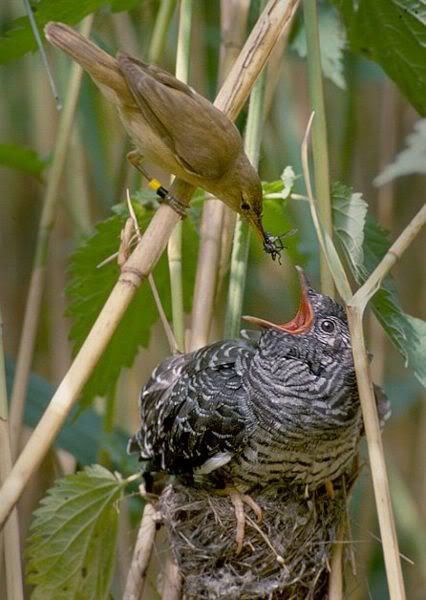 Among other things the video described the difficulties that the basket weavers had in obtaining the raw material for their art. Red root (left) doesn’t grow everywhere. Neither does willow reed. And some of the places where they are available have become private land, blocked off from those who need the materials for their art.
Among other things the video described the difficulties that the basket weavers had in obtaining the raw material for their art. Red root (left) doesn’t grow everywhere. Neither does willow reed. And some of the places where they are available have become private land, blocked off from those who need the materials for their art.
The Bush administration even sought to halt the Indians from gathering in the federal forests. Fortunately implementation of this plan is “delayed indefinitely.”
 |
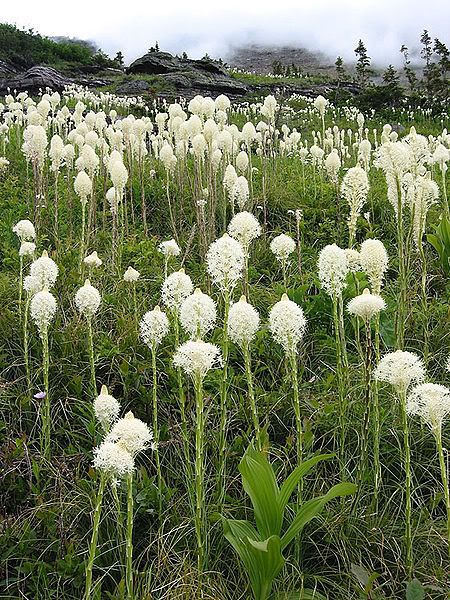 But even worse has been the use of pesticides to kill “noxious weeds” such as beargrass, basket fern and sedge. One person’s noxious weed is another person’s artistic tool. And remember that pesticides are indiscriminate about the plants they end up on…and in.
But even worse has been the use of pesticides to kill “noxious weeds” such as beargrass, basket fern and sedge. One person’s noxious weed is another person’s artistic tool. And remember that pesticides are indiscriminate about the plants they end up on…and in.
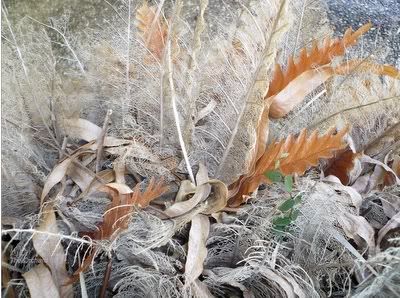 Think about it especially in this context. In order to be properly useful for weaving a basket, many of those grasses and reeds need to be split. That is usually accomplished with the mouth, using a “splitting tooth”. I wonder what is caused by pesticides, such as 2,4,5-T, 2,4-D, atrazine, sulfometuron methyl, or triclopyr in the mouth of a human being?
Think about it especially in this context. In order to be properly useful for weaving a basket, many of those grasses and reeds need to be split. That is usually accomplished with the mouth, using a “splitting tooth”. I wonder what is caused by pesticides, such as 2,4,5-T, 2,4-D, atrazine, sulfometuron methyl, or triclopyr in the mouth of a human being?
The Yurok in the Klamath basin of northern California and southern Oregon now have a word which roughly translates as “to be poisoned; to have cancer.” Where did the disease come from? It is always difficult to prove that it probably came from pesticide in the water run-off from the neighboring timber operations.
 |
So I created these graphics, trying to cleave to a basket motif. I didn’t know at the time that they were to be, in fact, a going away gift, from me to you.
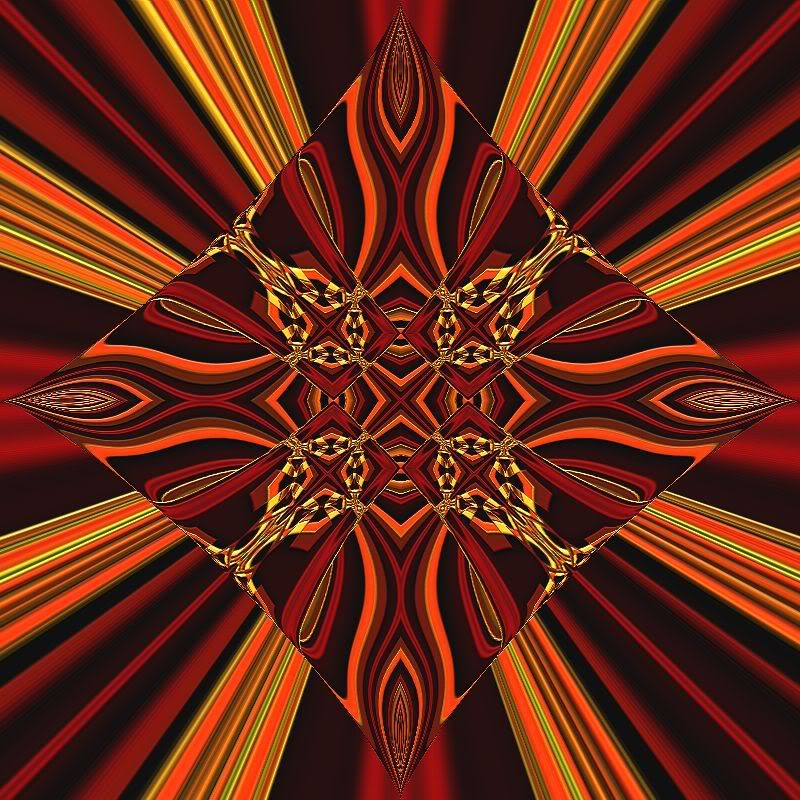 |
But stuff happens and sometimes a person just needs to be elsewhere. And sometimes even I need to feel safe, and I don’t feel that here anymore.
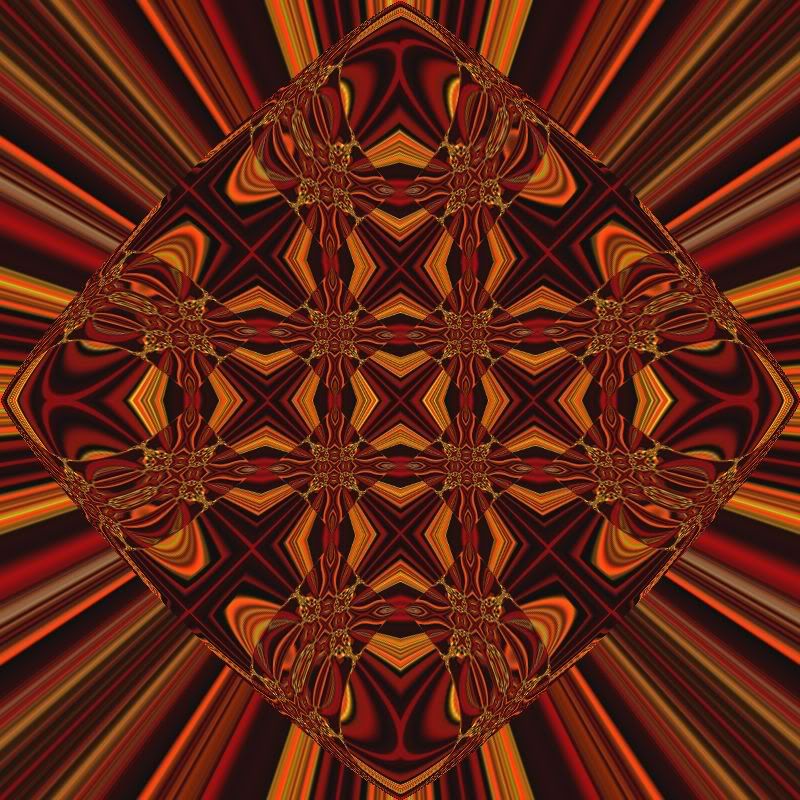 |
I will no doubt continue to read. And occasionally I may even drop a comment, but it will probably only be in those other safe places I have found.
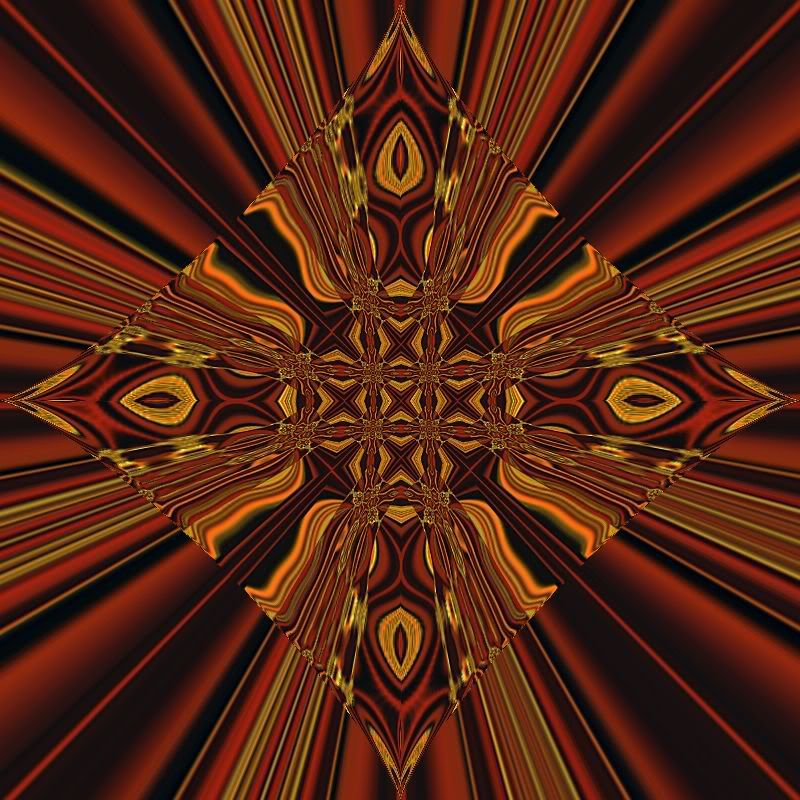 |
And who knows? Maybe I’ll even email an essay to someone to publish it for me on occasion. It could happen.
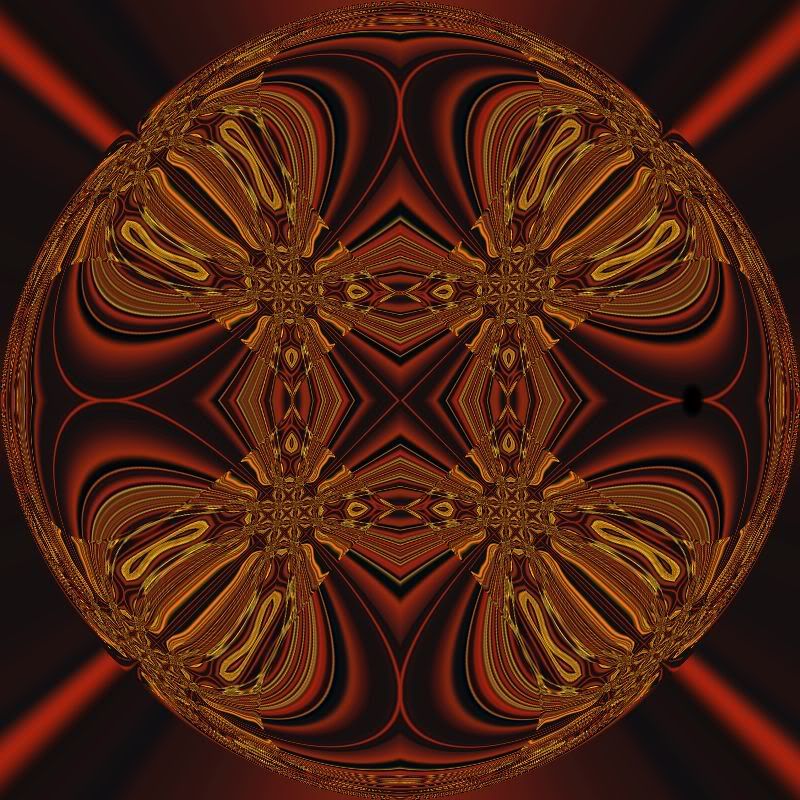 |
And I could return one day. As unlikely as it may seem, the atmosphere her could change. And insensitive people could learn to apologize.
And pigs may fly.

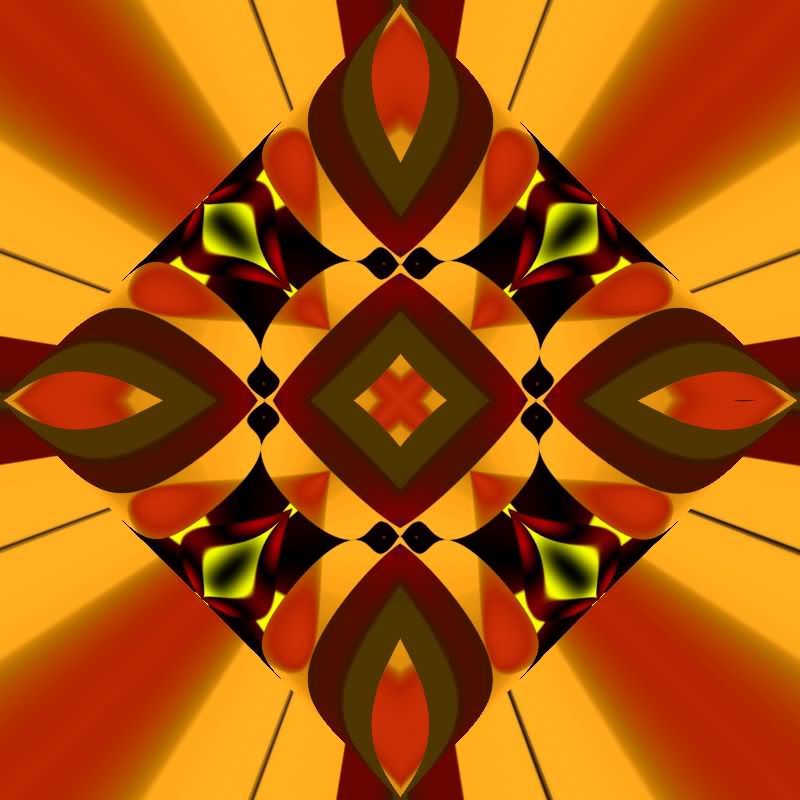
25 comments
Skip to comment form
Author
Maybe someone will learn something…or just enjoy the graphics.
In either case, adios.
Chumash:
I hope you find what it is that you seek but I think you will be sadly disappointed. No matter where you go there will be insensitive people to intrude. I believe they are “handled” better here than anywhere else and sometimes we are all at fault without realizing. I hope after a time that you find that this is a better, safer place than you thought. I understand your need to find peace. Best of luck, you will be missed. Blessed Be, TMC
If not, we will still be here, as inferior and as flawed as we are….
…they must have names…Utah Canyon Red?…. Wyoming Sage Green?
Thanks.
the colors… thank you.
Be well, Robyn. I hope you find what you’re looking for, and wonder if this isnt part of a larger… re-adjustment. A shifting as some folks have been writing and feeling.
We’ll be here… or some re-invention of us will be…. if or when you feel the inkling. Theres no place like home…
Seeds cast in our fall
may well lay chilled, wrapped in snow
surprising our spring
Thanks for the beautiful art and poetry.
if I had your authenticity.
Who can write an essay about Bono?
That would be you.
You have a lot to teach professor.
I have no idea what happened. I wish you well, sister. Hope I’ll be seeing you around…whichever sites.
Thanks for these lovely gifts and for all the art, music, and stories you have posted here. I hope you come back and visit on occasion.
OTB
We will keep a light on for you and your room waiting.
Thanks, Robyn, for the graphics, and for everything. I hope we’ll see you here again.